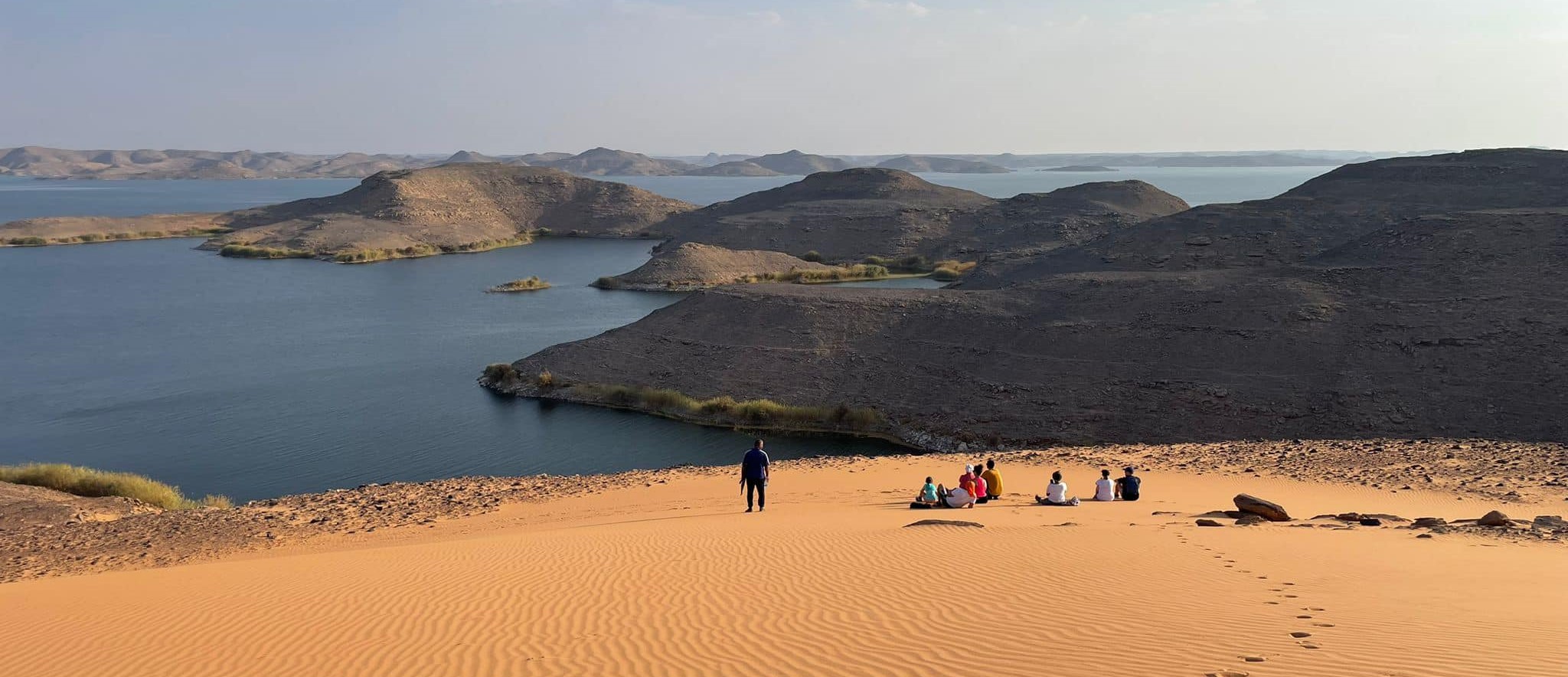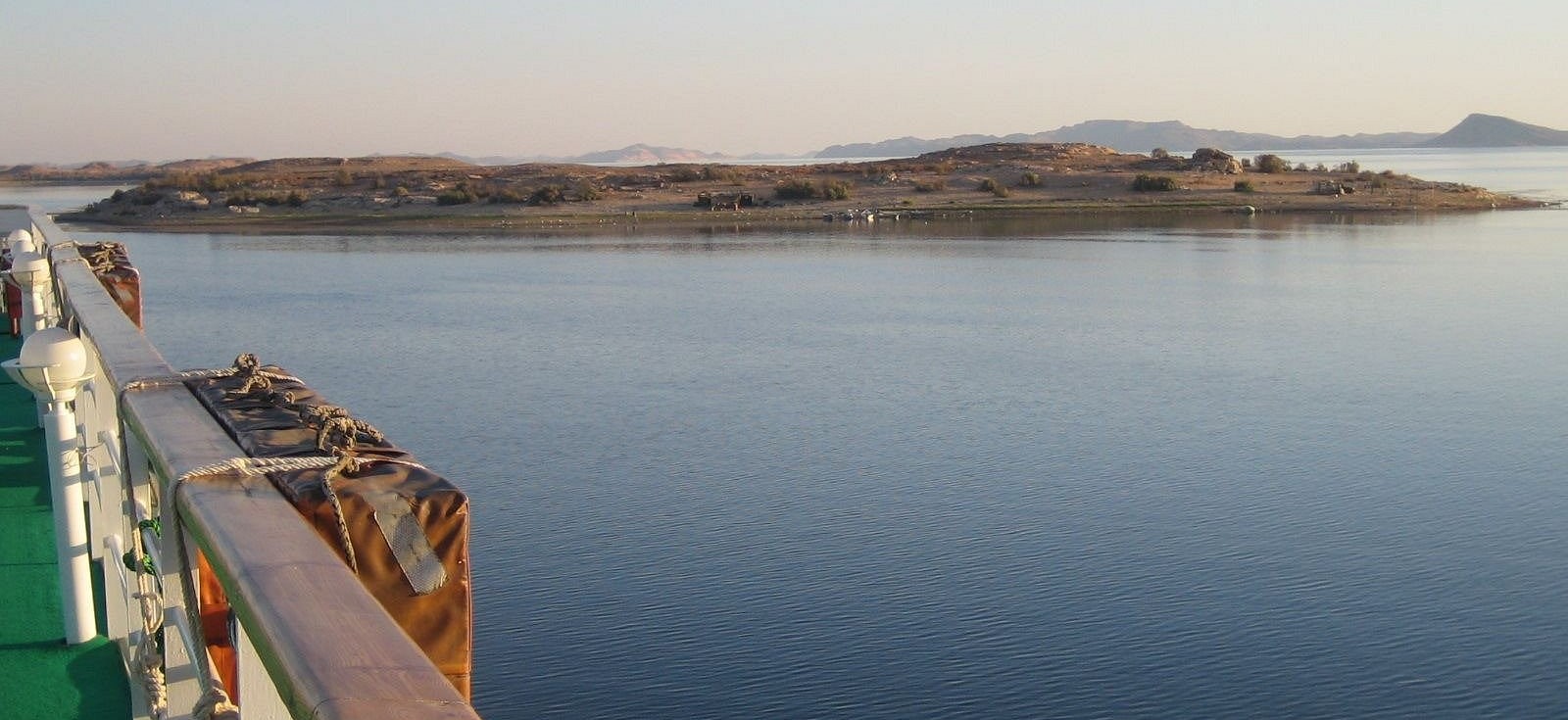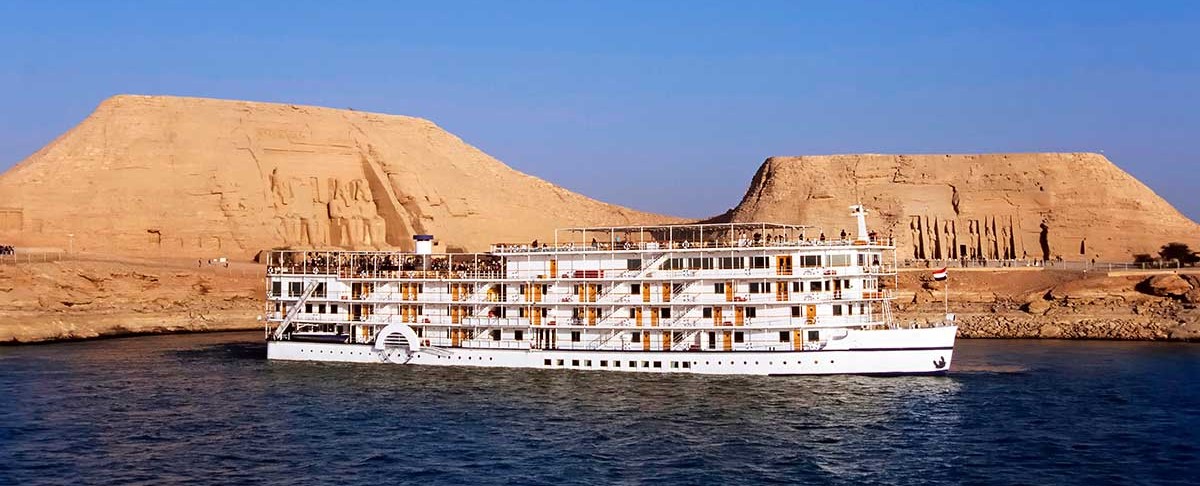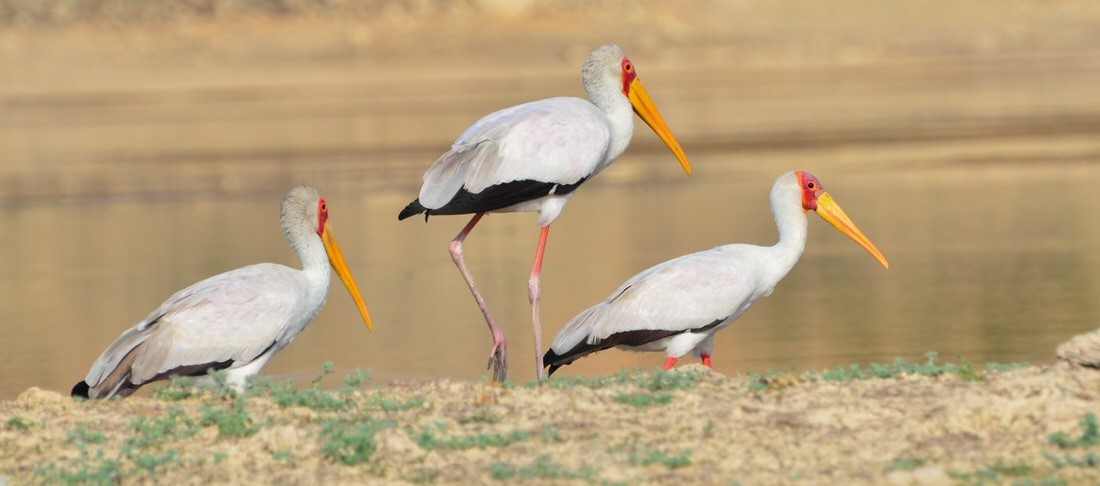Lake Nasser: A Man-Made Oasis in the Egyptian Desert
Lake Nasser is one of the largest man-made lakes in the world, spanning across the southern part of Egypt and northern Sudan. Created as a result of the construction of the Aswan High Dam, this massive reservoir is a vital source of water and economic activity for the region. Its formation has had significant environmental, financial, and cultural impacts on both Egypt and Sudan.

The purpose of creating Lake Nasser was to regulate the flow of the Nile River, store water for irrigation, and generate hydroelectric power. The damming of the river created a stable water supply, enabling Egypt to manage its agricultural needs more efficiently, even in periods of drought. However, the creation of the lake also had some downsides, particularly for the communities that were displaced in its wake.
Lake Nasser owes its existence to one of the most ambitious engineering projects of the 20th century—the construction of the Aswan High Dam. It was formed in the 1960s following the construction of the Aswan High Dam on the Nile River. Named after Egypt's second president, Gamal Abdel Nasser, the lake extends over 550 kilometers (about 340 miles), covering an area of approximately 5,250 square kilometers (2,030 square miles). While most of the lake is in Egypt, some of it, known as Lake Nubia, extends into Sudan.

Lake Nasser serves as a reminder of both the destructive and constructive forces of humanity. It is a testament to Egypt's ability to adapt to changing environmental conditions, while also highlighting the importance of preserving our cultural heritage. The lake's creation was a monumental feat of engineering.
Lake Nasser Temples & Sights

The construction of the Aswan High Dam and Lake Nasser presented a significant threat to numerous ancient Egyptian archaeological sites. However, through international cooperation led by UNESCO, many of these sites were successfully relocated to higher ground, ensuring their survival for future generations. Today, these relocated monuments stand as a testament to the ingenuity of ancient Egyptian engineers and become popular tourist attractions, drawing visitors from around the world. Lake Nasser’s calm waters provide an idyllic backdrop for Cruises that transport visitors from southern Aswan to see the relocated monuments along its banks, including visits to the Philae Temple, the Ramses Temple, and the Nefertari Temple in Abu Simbel, the Kalabsha Temple, Amada Temple, Qasr Ibrim, and several others.
Lake Nasser is a Biodiversity Hotspot

Despite its artificial origins, Lake Nasser has developed a diverse ecosystem. Its waters are home to a diverse array of fish species, including Nile perch, tilapia, and catfish. The fishing industry around Lake Nasser, particularly for Nile perch, has grown into a lucrative business, attracting both local fishermen and international sport fishing enthusiasts. The lake's shores also provide a habitat for various bird species, making it a popular destination for birdwatchers.
Also: You can see our Lake Nasser cruises from Here